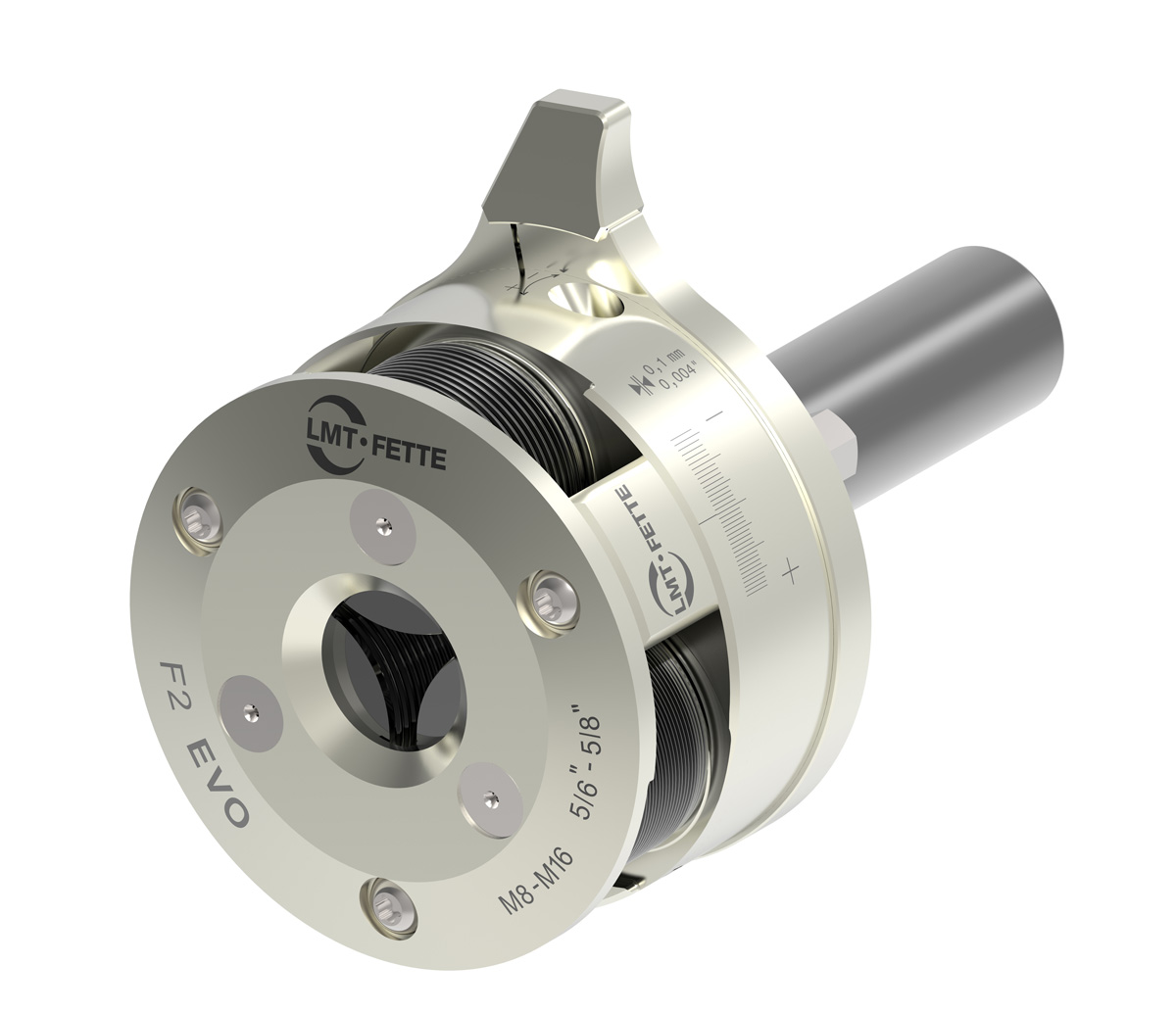Cold Forming (rolling) threads in metal has been used in the United States for about 65 years. Originally developed in Germany the technology migrated to the US in the 1950’s. Initially used on multi spindle screw machines the tooling styles have been altered to accommodate use on virtually all of today’s existing machine styles. Multi Spindle, Manual, Rotary Transfer and CNC Turning and Milling Centers.
Three styles of tooling have been developed for very specific applications. Axial rolling uses either a two-roll concept or 3 and 5 roll concepts. This style can create unlimited thread lengths by producing one thread pitch at a time. Process time is about 1 inch of thread length per second of cycle time. The process this style supports leaves 2 or more partially finished threads at the end of the thread journal. An undercut in the part design that can mask the unfinished thread will allow gauging to a shoulder with a full thread form.
Parts designed with less than a 2-pitch clearance to a shoulder can be rolled with a Tangential Style attachment. The Tangential tool is a 2-roll side entry tool. It can be used on multi spindle and CNC applications where the machine has mechanical control of tool movement. The Tangential process can roll within 1/2 pitch length to a shoulder with a full thread. Thread length is limited to the width of the roll and the complete thread form is rolled at once. Cycle time for this concept is typically 2-3 seconds for a complete thread.
A third and unusual method is available in the form of a Radial attachment. A Radial tool is a three-roll approach that has the same length limitations as Tangential tooling. The rolls are ground eccentrically and when at rest clear the part to be rolled. There is no regard for feed rates. When in position the head is tripped, and the rolls make 1 revolution to achieve a finished thread. Typical cycle time is 2 tenths of a second. The tool can mount on any machine that can rotate the tool or the work piece. It has become the tool of choice in high volume machining. It runs on any machine and frequently used in automotive production on CNC machines due to its short cycle time.
In any application where time and cost are relevant we have a thread rolling approach that will efficiently reduce both. Reviewing a drawing of your part will determine the style most suited to your specific needs.
